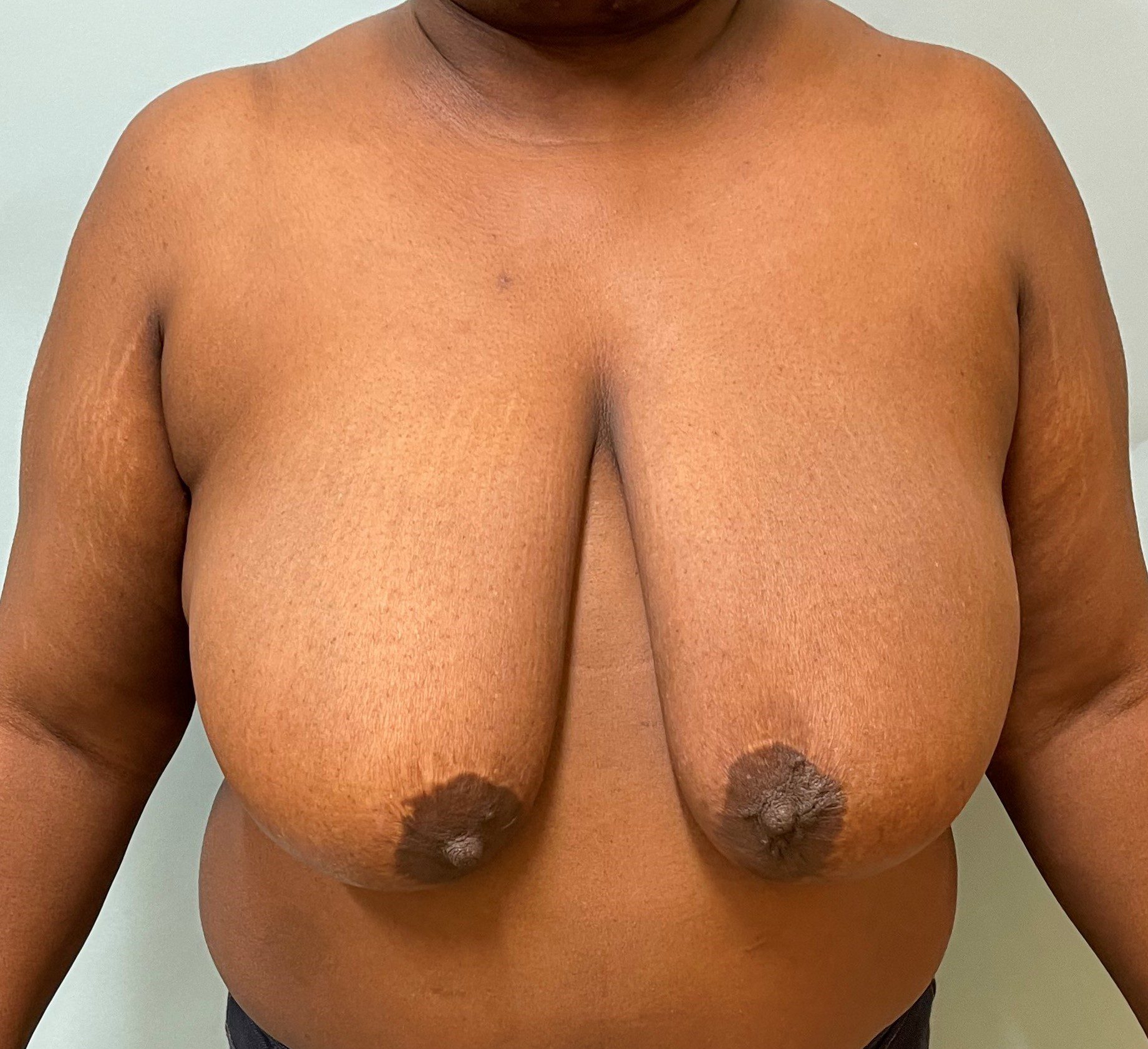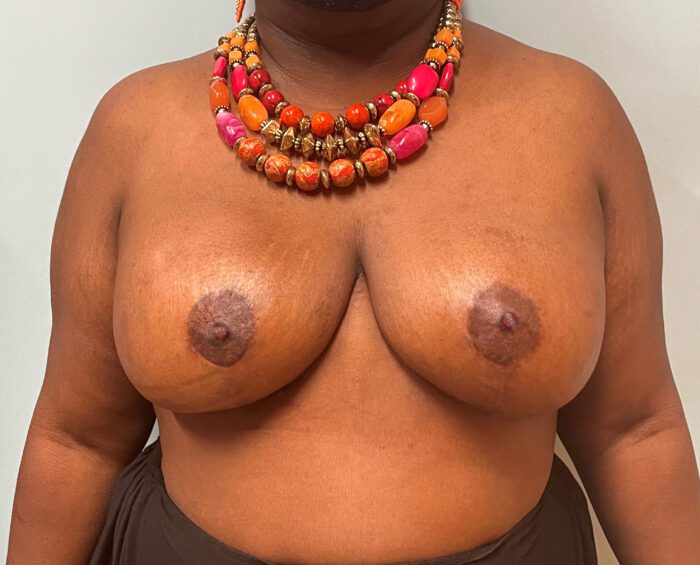Fax: 770-339-9804
Lawrenceville, Georgia 30046


Good candidates are patients who are dissatisfied with their aesthetic results after cosmetic surgery. They may have pain or tightness or deformation of their breast after breast augmentation or lift/reduction surgery. They may have a mammogram, ultrasound or MRI that demonstrates rupture of one or both implants. Their nipple may be placed unnaturally high on their breast mound, or their breast crease may be malpositioned, usually too low. They may have significant fat necrosis or deformation of the breast shape. They seek consultation for improvement of their breast pain, improvement of their cosmetic results or removal of a ruptured implant.
During your consultation, Dr. Schwartz will evaluate your individual case and formulate a treatment plan that is right for you. Thanks to Dr. Schwartz’s access to a private Outpatient Surgery Center, your surgery will have reduced cost and a reduced infection rate compared to the hospital setting. Very often, complications from cosmetic breast augmentation surgery are covered by insurance- for instance, removal of ruptured silicone implants and treatment of symptomatic capsular contracture. However, replacement of new implants or a breast lift after implant removal would be considered cosmetic. Similarly, complications after mastopexy or breast reduction surgery may also be covered- for instance, removal or necrotic tissue and closure of wound but other procedures may not. The details of this will vary with individual insurance companies.
Ruptured silicone implants will be removed along with their associated capsules. Patients may choose to replace their implants, have a breast lift or do nothing after their implants are removed. This surgery takes 60-120 minutes depending on the extent of surgery performed after. Drains are typically placed here and kept in for 7-10 days. Patients are discharged home on the day of surgery. Dressings are placed in the operating room which stay on until the following week when they are removed, and a sports bra is put on.
For complications after breast reduction or lift surgery, necrotic tissues are debrided and typically the breast is reshaped by retailoring the skin (tightening it up) and repositioning the breast tissue. Often, drains are left which as well stay in for 7-10 days. On occasion, the nipples have to be repositioned and the inframammary fold reconstructed. Depending on the extent of reconstruction required, these surgeries take 1-3 hours. Patients are discharged home on the day of surgery. Dressings are placed in the operating room which stay on until the following week when they are removed, and a sports bra is put on.
Recovery times after revising cosmetic breast procedures vary depending on the individual and procedure performed but are typically two to three weeks and patients can expect to return to their normal activities and exercise within four weeks. Patients are placed in a sports bra at their first post-operative visit and should wear this for three months. Most patients never need additional surgery, but some may require additional revision depending on the extent of surgery and correction required. Results from revision of breast augmentation and lift surgery are typically very good, with most patients having marked improvement in their breast appearance and relief of their breast pain.
Your surgical or sports bra will need to be worn for 12 weeks following surgery. You should plan to be off work for 3-4 weeks, depending on the type of work you perform. You also may feel pulling or stretching in your breast area. Although you may need pain medicine for a week or two, you can expect to feel better and stronger each day. For several weeks, you may get tired easily or have less energy than usual. You also may have the feeling that fluid is moving in your breasts. This feeling is normal and will go away over time.
Their may be changes in sensation of your breast skin and nipple. Over time, much of the breast skin and nipple will regain normal sensation, although this is not guaranteed. Keep in mind that it may take time to get used to your new breasts. You will have swelling at first. But the breasts will soften and appear more natural over time. You are likely to feel well enough to return to work after 2 to 4 weeks, based on your progress. You can usually resume normal physical activities in this time frame as well. You should expect some scarring following revision of you breast augmentation, reduction or lift surgery, however, these scars will gradually fade over time.

